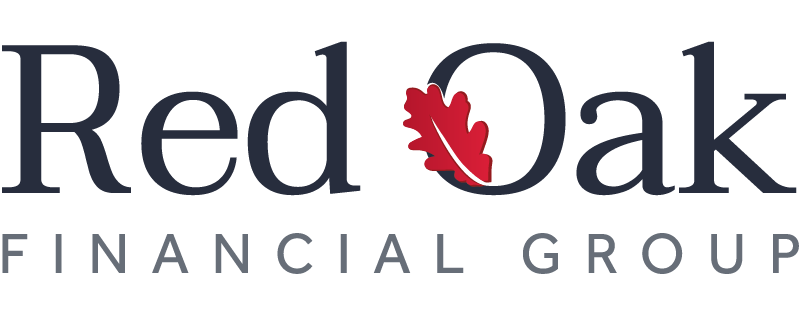How does a Health Savings Account work?
How does a Health Savings Account work?
If you have a high deductible health insurance plan (HDHP), then a health savings account (HSA) is a great tool to take advantage of. A HSA is a tax-advantaged account specifically designed for medical expenses. The beauty of these accounts is that they are tax advantaged on both the front end and the back end. Here is what you need to know...
-Eligible contributions are deductible, so you won't pay taxes on the front end for HSA contributions (comparable to a traditional IRA)
-Eligible distributions are completely tax-fee, meaning that when you pull the money from the account and use the funds for qualified medical expenses, no taxes are levied on the withdrawal (comparable to a Roth IRA)
-Unused account balances at year end continue to be carried forward indefinitely
How much can you contribute?
-For 2023, an individual with a qualifying HPHP can contribute $3,850 to a HSA ($7,750 for a family). If you are aged 55 or older, an extra $1,000 can be contributed as a "catch up."
What constitutes a HPHP?
-In 2023, the minimum deductible requirement is $1,500 for an individual and $3,000 for a family. The plan must also have a MOOP (maximum out of pocket deductible) amount of $7,500 for an individual and $15,000 for families to be eligible.
What are qualified medical expenses?
- Examples include deductibles, dentist visits, co-pays, and prescriptions to name a few
-If you do not use HSA funds for qualifying medical expenses, the amount withdrawn is subject to BOTH a 20% penalty and ordinary income taxes (generally).
Lastly, HSAs can be invested in stocks and bonds, just like your IRA or other investments. This can allow for long term growth of the account for down the road when you are older and may be in greater need of qualifying medical distributions. #hsa #healthsavingsaccount #baltimore
There are many other nuances to consider with HSA's beyond this post, so please consult a financial professional for further information.
-Your friends at Red Oak Financial Group

